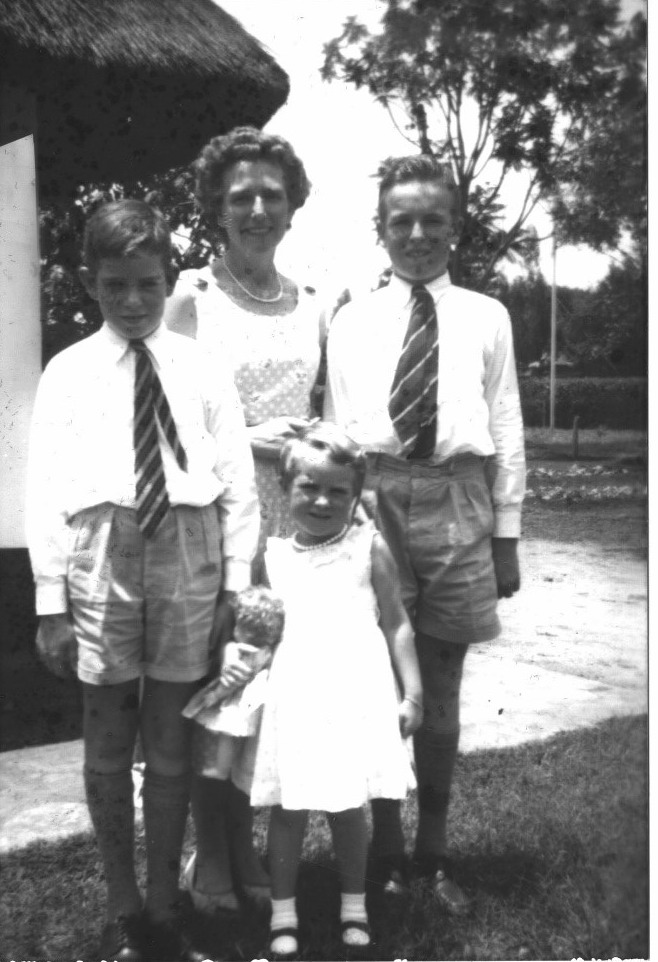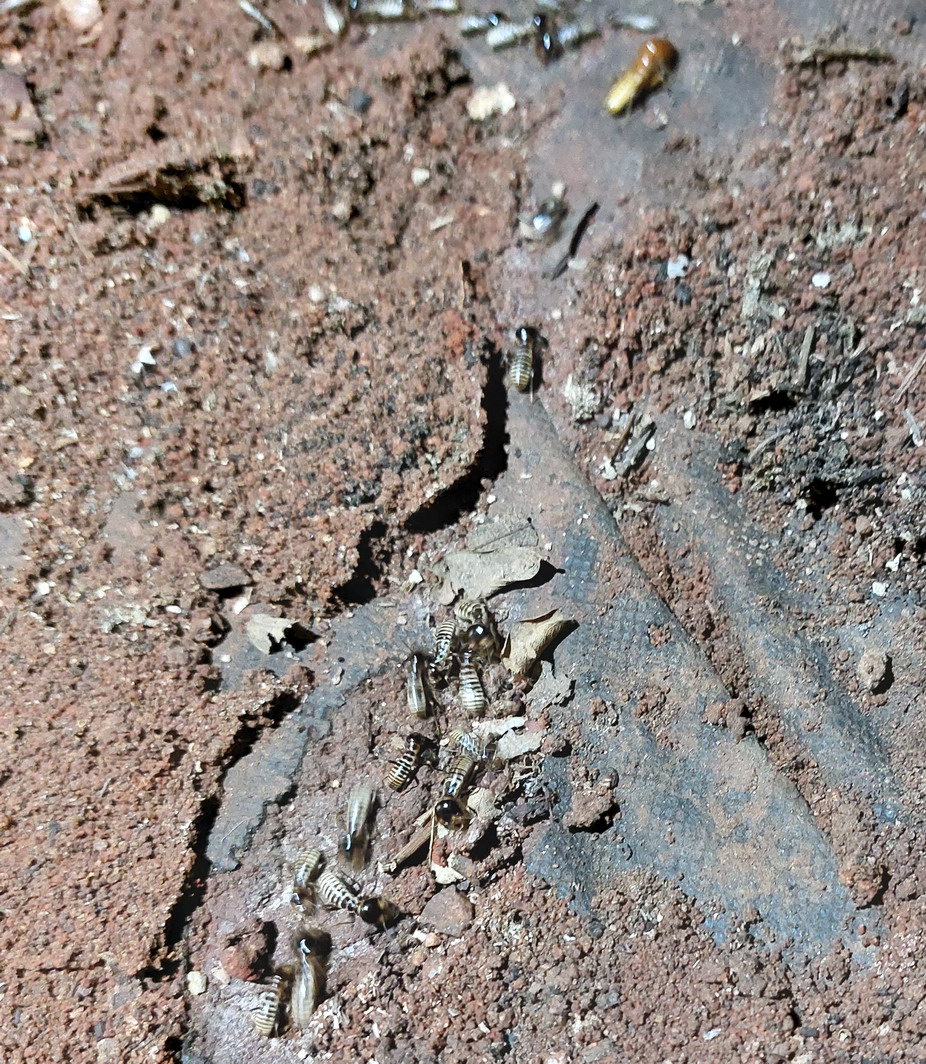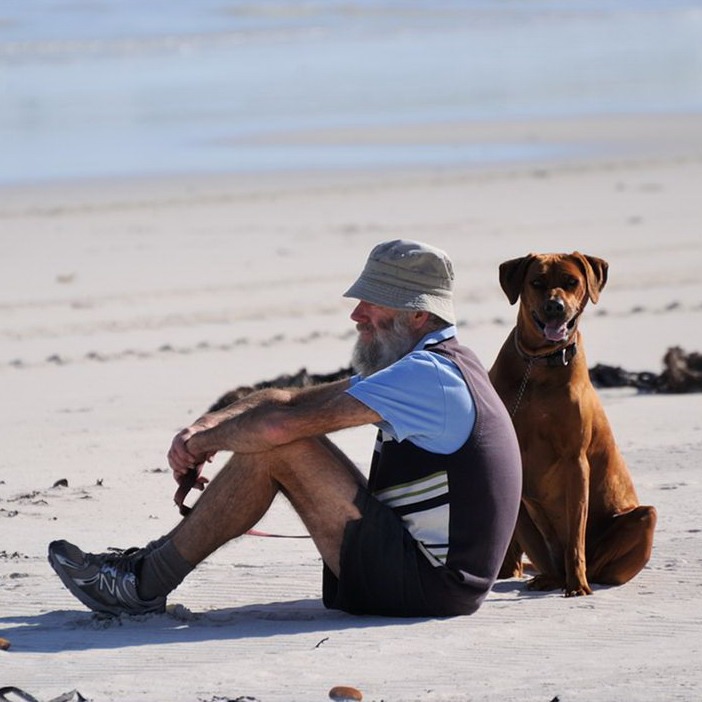How To Become An Entrepreneur
While in the army, Plug received some advice from the Quartermaster.

My father must have taken this photograph at some time in 1958. Alan and I are wearing the same school ties, which means he was 12 and in Standard 5, while I was 7 and in Standard 1. Jean would have been going on 3 and my mother was 38. I am round-shouldered and miserable looking, Alan is truculent, holds himself stiffly erect and refuses to smile for the camera, much to my father’s annoyance. Jean is a toddler holding a doll under her right arm. My mother wears a pearl necklace and has removed her spectacles for the picture. She looks just a little care worn.
Behind us is the house where we lived for the eight years we were in Rhodesia. The address was 931 Grey Street in the suburb of Windsor Park. All the houses in Windsor Park were pises (pronounced pee-zay) that had been built after the War to accommodate European immigrants who had been encouraged to settle in the colony. Due to a shortage of conventional building material and in order to reduce costs the pise de terre (rammed earth) method of construction was used. Poles were planted at corners and set intervals and the spaces in between were filled with compacted earth contained within temporary shuttering. When the material had dried and set hard the shutters were removed and the walls were plastered with cement and sand mortar. The steep roofs were made from pole trusses covered with thatch and topped with a lightning conductor. Externally, all the houses were whitewashed down to a three-foot-high skirt of black oil paint. Because there were no gutters the tropical cloudbursts would cause torrents of rain to fall from the eaves and splash red mud against the house. A garden boy could then brush dried mud off this black paint.
I later learned that these pise-de-terre houses had cost between £660 and £1,040 and had helped to accommodate the 60,000 new settlers between 1946 and mid-1950. Monthly rental had ranged from £7.15s to £10.5s.
Long before we left Gwelo at the end of 1963, the white ants (termites) had moved in and started eating the wooden door frames. Beneath the skin of pale green oil paint whole sections were being hollowed out.
My father left by train for South Africa at the beginning of that year. He returned to Fish Hoek, found a job and built a house on the mountainside overlooking the valley where we had originally stayed.
For a second time my mother had to pack up, find a removal company to transport our household contents south, and to sell the house. By then, the white ants were in the walls and the roof, and all she could get for the pise was £100.

This is my writer's blog and it's a pleasure to have your company. You’ll see that the site is designed to showcase my writing.
View ProfileXplorio is your local connection allowing you to find anything and everything about a town.
Read MoreWhile in the army, Plug received some advice from the Quartermaster.
Man, but this life is hard! You know how much trouble and pain I've had ever since I was a kid?
In my teens and early twenties, I experienced much mental anguish trying to make sense of the world and discover the meaning of life.
"A stitch in time saves nine" is an old English proverb that advises one to take remedial action sooner rather than later.
"And God said to them, 'Be fruitful and multiply and fill the earth and subdue it, and have dominion over the fish in the sea and over the birds of the heavens and over every living thing that moves on the earth.'"
When I asked her to come live with me and be my love, she said she would, once we were married.
